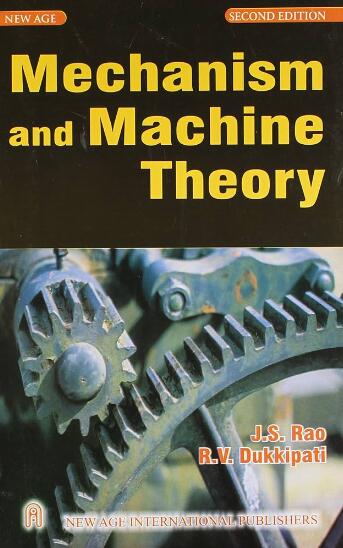Optimization of design parameters for a flexible endoscopic surgical tool using medical imaging data for minimally invasive surgery (MIS)
IF 4.5
1区 工程技术
Q1 ENGINEERING, MECHANICAL
引用次数: 0
Abstract
This article proposes a systematic methodology for determining the feasible workspace and deriving critical design parameters of a flexible endoscopic surgical stapler developed for laparoscopic rectal procedures. Pre-operative MRI data from 77 patients (47 male, 30 female from Nantes Hospital), encompassing a diverse range of anatomical variations, were utilized to generate a detailed three-dimensional model of the feasible surgical workspace through manual segmentation of distinct tissue at each MRI layer for each patient.
A two-stage optimization process was conducted, beginning with two-dimensional workspace analysis using contouring, binary masking & Euclidean distance transformations and subsequently extending to three-dimensional optimization using MATLAB’s fmincon function, to establish a geometrically valid workspace. The optimized workspace facilitated the derivation of design specifications, including the tool’s length, and enabled a comparative usability analysis across the patient group. The results indicate that the proposed stapler design is well-suited for use in anatomically constrained environments where conventional tools are inadequate. This approach offers a robust framework for improving the design of robotic surgical instruments, with the potential to enhance precision, adaptability, and clinical outcomes in minimally invasive surgery.
基于医学影像数据的柔性内窥镜手术工具设计参数优化
本文提出了一种系统的方法来确定可行的工作空间,并推导出用于腹腔镜直肠手术的柔性内窥镜手术订书机的关键设计参数。来自南特医院的77例患者(47例男性,30例女性)的术前MRI数据包含了多种解剖变异,通过对每个患者的每个MRI层的不同组织进行人工分割,生成了可行手术工作空间的详细三维模型。进行了两个阶段的优化过程,从二维工作空间分析开始,使用轮廓,二进制掩蔽和;利用MATLAB的fmincon函数进行欧氏距离变换并随后扩展到三维优化,建立几何有效的工作空间。优化的工作空间促进了设计规范的推导,包括工具的长度,并实现了跨患者组的比较可用性分析。结果表明,所提出的订书机设计非常适合在解剖受限的环境中使用,传统工具是不够的。该方法为改进机器人手术器械的设计提供了一个强大的框架,具有提高微创手术精度、适应性和临床结果的潜力。
本文章由计算机程序翻译,如有差异,请以英文原文为准。
求助全文
约1分钟内获得全文
求助全文
来源期刊

Mechanism and Machine Theory
工程技术-工程:机械
CiteScore
9.90
自引率
23.10%
发文量
450
审稿时长
20 days
期刊介绍:
Mechanism and Machine Theory provides a medium of communication between engineers and scientists engaged in research and development within the fields of knowledge embraced by IFToMM, the International Federation for the Promotion of Mechanism and Machine Science, therefore affiliated with IFToMM as its official research journal.
The main topics are:
Design Theory and Methodology;
Haptics and Human-Machine-Interfaces;
Robotics, Mechatronics and Micro-Machines;
Mechanisms, Mechanical Transmissions and Machines;
Kinematics, Dynamics, and Control of Mechanical Systems;
Applications to Bioengineering and Molecular Chemistry
 求助内容:
求助内容: 应助结果提醒方式:
应助结果提醒方式:


